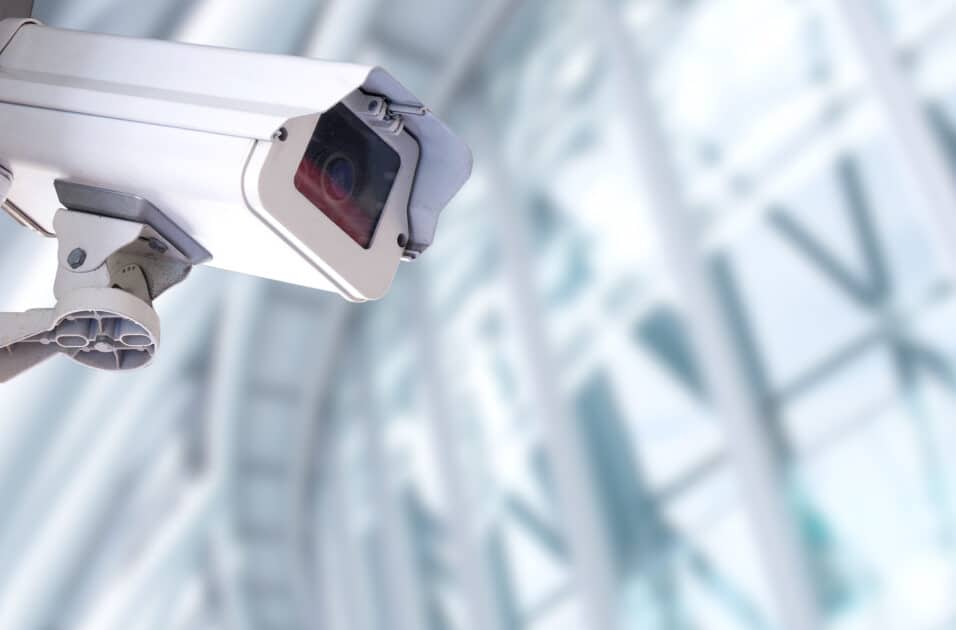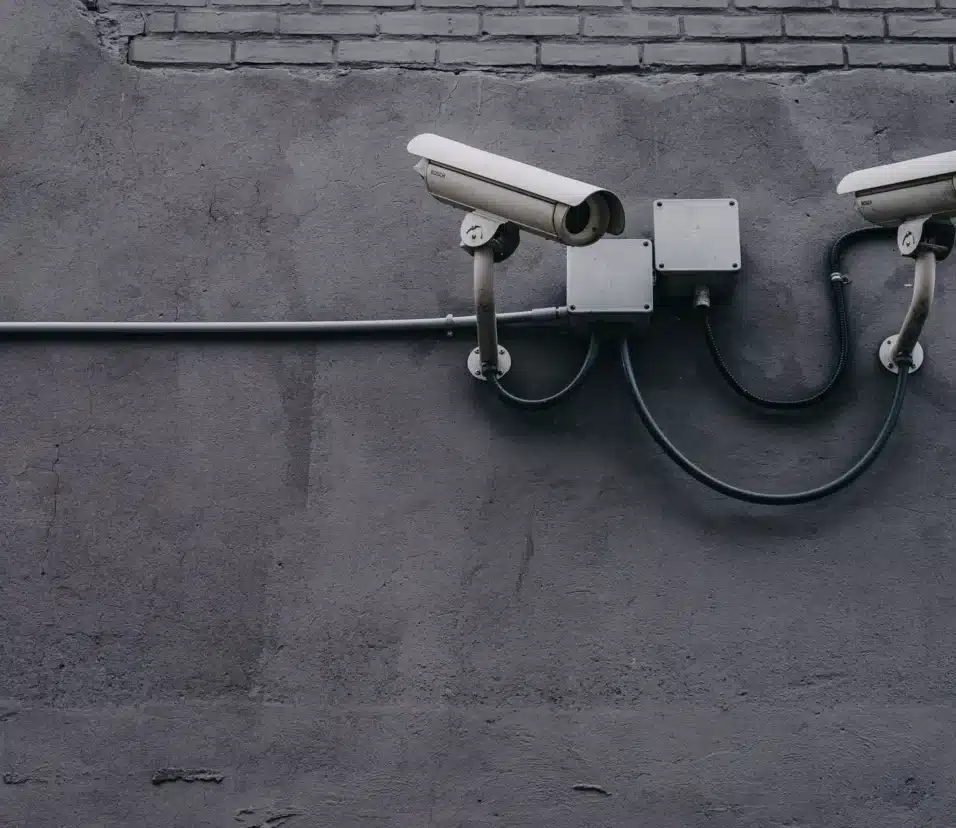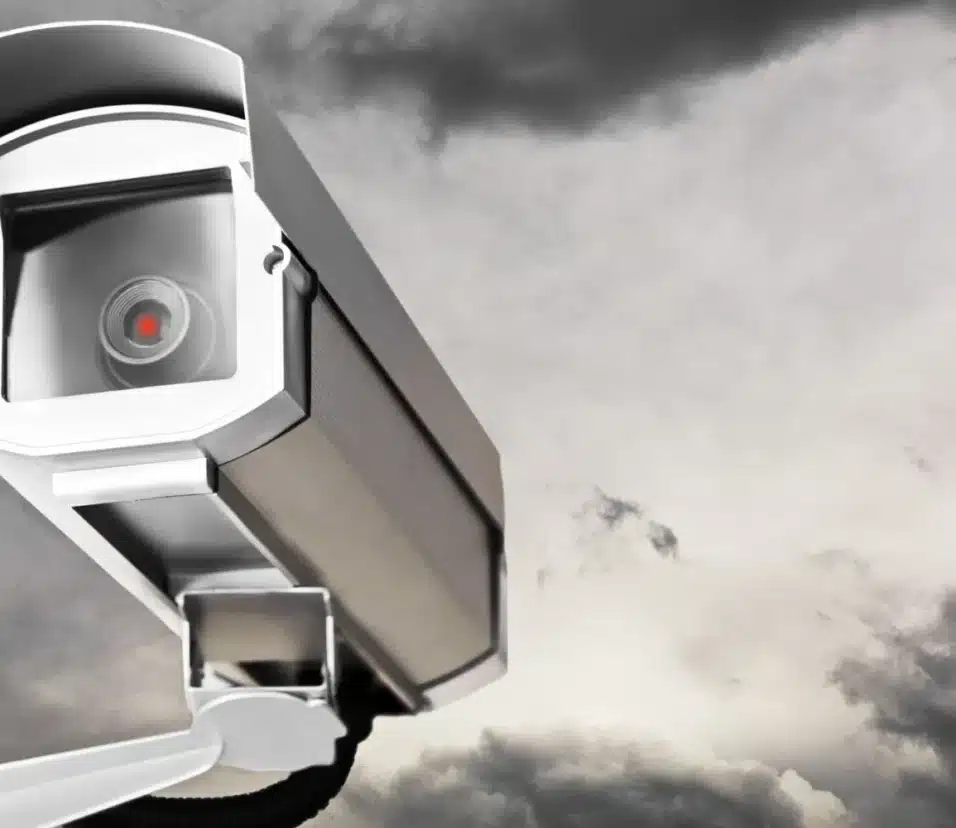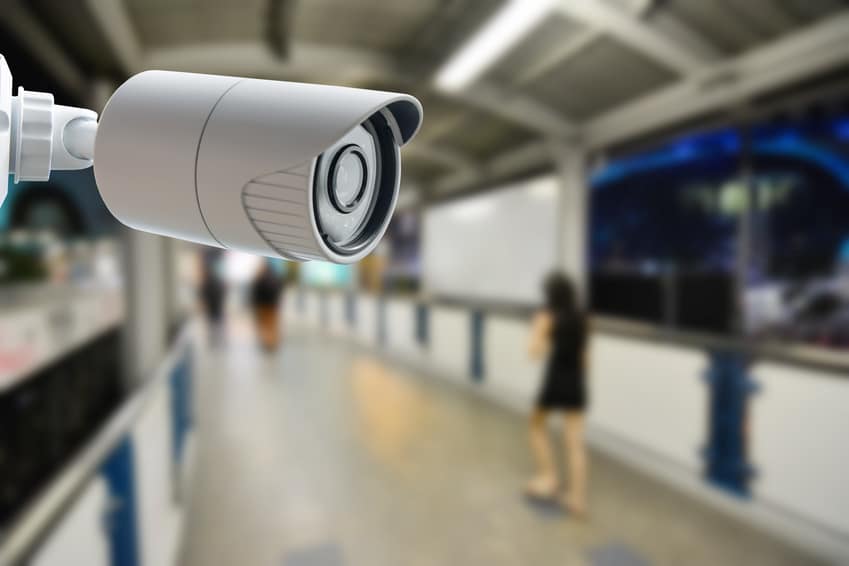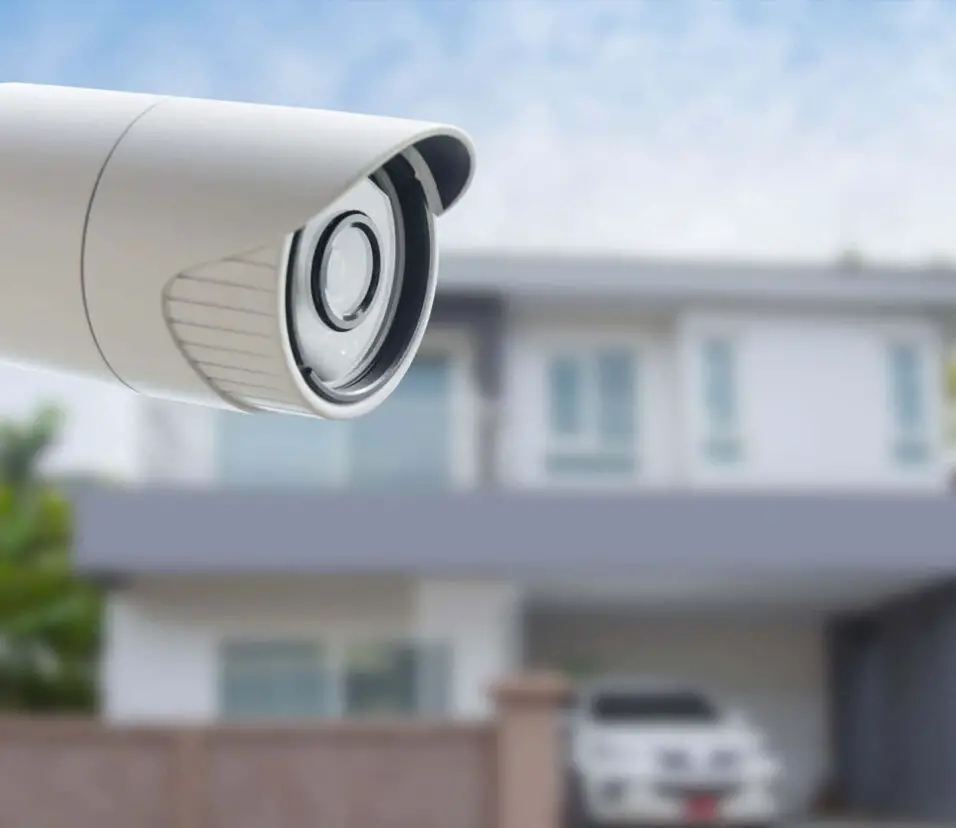Where To Place Security Cameras Outside Home
Introduction
Where to Place Security Cameras Outside Home: In an age of security and surveillance, strategically placing security cameras outside the home is essential to protecting our homes. As homeowners, protecting our property, loved ones, and valuables is crucial. The necessity for comprehensive outdoor security camera systems that prevent burglars, monitor activity, and give crucial proof in case of an incident has increased.
Security surveillance cameras outside the home require careful examination of the property’s layout, entry points, and vulnerable locations. Well-designed security cameras dissuade possible trespassers from committing crimes. Visible cameras also demonstrate a commitment to security, giving residents and visitors confidence and peace of mind.
This guide covers the complexities of outdoor security camera placement. It include selecting focus points, optimizing camera angles for maximum coverage, and integrating cameras into the property’s style. This detailed guide will help homeowners and property managers choose camera placement to secure their properties.
You may develop a comprehensive security system with no blind spots by analyzing prospective burglars’ psychology, outside activity patterns, and modern security camera technology. Join us as we explore outdoor security camera setup to empower you to protect your property and create peace of mind.

Where is the best place to put outdoor security cameras?
Place exterior cameras above or near any doors leading into your home. Off-street windows. Windows that don’t directly face a street may be more prone to break-ins due to their privacy. Install exterior cameras above these windows, or use interior cameras that face the windows in question.
The best places to position outdoor security cameras are those that maximize visibility while covering potential points of entry or vulnerable areas. Entrances such as front and back doors are prime locations, capturing anyone approaching or leaving the premises. Placing cameras higher up can help prevent tampering and provide a broader view.
Covering the perimeter is crucial; corners of the house and fences are effective spots. These angles offer a comprehensive view of the surroundings, deterring trespassers and capturing any suspicious activities. Windows, especially those on the ground floor, are also important to monitor.
Garages and driveways are valuable areas to cover, protecting vehicles and outdoor belongings. Backyards can be monitored to prevent unauthorized access or keep an eye on children and pets. If applicable, consider placing cameras near outdoor structures like sheds.
Ultimately, the effectiveness of outdoor security cameras hinges on a balanced approach. Prioritize key areas of vulnerability and ensure proper lighting to enhance camera performance. Regular maintenance and adjustments are essential to accommodate changing seasons and potential obstructions. By strategically placing cameras, you create a comprehensive network of surveillance that significantly boosts your property’s security.
Can I put a security camera on the front of my house?
There’s no specific federal law governing when, where, and how to use security cameras. But that doesn’t mean it’s a free-for-all. There are some national laws around privacy and consent that you need to consider. Plus, many cities, counties, and states have their own regulations.
Yes, placing a security camera on the front of your house can be a highly effective strategy to enhance your home’s security. The front of your house is often the main point of entry for both residents and visitors, making it a prime location for surveillance. A security camera positioned at the front door can capture any individuals approaching your home, whether expected or unexpected.
When installing a camera at the front, consider mounting it at a height that provides a clear view of the area while minimizing the risk of tampering. This placement can help deter potential intruders, as they’ll be aware that their actions are being recorded. Additionally, a visible camera can act as a psychological deterrent, discouraging criminal activity before it even occurs.
By covering the front of your house with a security camera, you gain the ability to monitor package deliveries, visitors, and any suspicious activity. You’ll also have valuable footage in case of any incidents or attempted break-ins. Just be sure to adhere to local laws and regulations regarding privacy and camera placement, and ensure that your camera’s field of view is respectful of your neighbors’ privacy as well.
Where can I hide my security camera outside?
A great trick to hide outdoor security cameras is by placing them behind trees, bushes, or even within a fake hanging potted plant. The leaves can hide the camera’s body to make it less noticeable. Just make sure the lens itself is not covered with branches or leaves.
Hiding outdoor security cameras effectively requires striking a balance between optimal surveillance coverage and discreet placement. Camouflage them within existing structures such as landscaping elements or architectural features. Blend cameras with shrubbery, potted plants, or decorative objects near entrances to maintain functionality while minimizing visibility.
Consider installing cameras in inconspicuous areas like eaves, soffits, or roof overhangs. These locations can offer a clear view while reducing the camera’s visibility from ground level. Wall-mounted fixtures, like lights or decorative ornaments, can also host hidden cameras.
For larger properties, integrate cameras into outdoor structures such as birdhouses, mailboxes, or tree branches. If you have outdoor electrical outlets, fake electrical boxes can conceal cameras seamlessly. Bear in mind that hiding cameras in overly secretive spots might compromise their field of view, so balance discretion with the need for effective monitoring.
Remember, your goal is to ensure that hidden cameras capture critical areas without alerting potential intruders. Regularly check and clean the camera’s lenses, ensuring they aren’t obstructed. Prioritize camera angles that capture entry points and areas of interest while remaining mindful of local privacy regulations. This careful placement allows you to maintain a vigilant eye on your property while preserving its aesthetics.
How far do outdoor security cameras reach?
Wireless security cameras typically have a 150-foot range, but some can reach 500 feet.
The resolution, lens type, and lighting conditions of an outdoor security camera determine its range. Modern outdoor security cameras can catch clear footage from 20 to 100 feet, with some advanced ones reaching 150 feet. High-definition cameras with infrared (IR) night vision improve nighttime visibility.
Zoom cameras can focus on faraway objects, although this may restrict their field of vision. Wide-angle lenses cover more but may not catch fine details at distant distances. Weather, camera location height, and obstacles like walls and trees can all affect a camera’s range.
Properly illuminate the monitored area to maximize camera range. Well-lit rooms improve camera performance, especially at night. Buy cameras with adjustable focus or variable focal length lenses to adapt to varied distances.
Read the manufacturer’s specifications and test outdoor security cameras in your location before buying and installing them. This lets you choose the best cameras for property surveillance and get the coverage you want.
What are the key considerations when determining where to place security cameras outside a home?
When determining the optimal placement for security cameras outside your home, several crucial considerations come into play. First and foremost, identifying potential points of vulnerability is essential. Entrances such as front and back doors, windows, and garage doors are prime locations to monitor, as they are common targets for intruders.
Additionally, evaluating the layout of your property helps identify blind spots and areas with limited visibility. Corners of the house, pathways, and driveways are crucial zones to cover. Placing cameras at elevated positions can help maximize their field of view while minimizing the risk of tampering.
Lighting conditions play a pivotal role in camera effectiveness. Ensure that camera placements have adequate lighting during both day and night, or opt for cameras equipped with infrared (IR) night vision for low-light scenarios.
Consider the aesthetic impact of camera placement. While it’s essential to achieve comprehensive coverage, cameras shouldn’t be overtly conspicuous or detract from your home’s visual appeal. Strive to strike a balance between functionality and aesthetics.
Moreover, be mindful of local regulations and privacy concerns. Position cameras in a way that respects your neighbors’ privacy while capturing essential areas of your property.
Lastly, regularly reassess and adjust camera placements. Landscapes change over time, affecting visibility. By taking these multifaceted factors into account, you can strategically position outdoor security cameras to create a robust and efficient surveillance network that enhances your home’s security posture.
How can the strategic placement of security cameras outside a home contribute to overall security?
Strategically placing security cameras outside a residence improves security by deterring, detecting, and responding to threats. Cameras at front and back entrances, windows, and garages deter intruders first and foremost. The placement of cameras deters unauthorized criminals by sending the sense that the property is under monitoring.
Well-placed outside cameras also enable real-time surveillance. They allow homeowners to remotely monitor their property for suspicious activity, unexpected guests, and security breaches. This monitoring feature allows homeowners to act immediately and alert authorities or start safety routines.
Outdoor security cameras provide crucial evidence in security incidents. Well-positioned cameras can record high-resolution film that helps law enforcement identify and apprehend culprits.
Homeowners construct a comprehensive monitoring network that deters and provides information by carefully putting security cameras in outdoor places. This proactive strategy boosts security, giving homeowners confidence, peace of mind, and control over their homes and loved ones.
What are some common points of entry or vulnerable areas that homeowners should prioritize when positioning outdoor security cameras?
Homeowners should prioritize positioning outdoor security cameras at common points of entry and vulnerable areas to ensure comprehensive surveillance coverage. Front and back doors are primary focal points, as they are frequent targets for burglars. Placing cameras here allows for the monitoring of visitors and potential intruders approaching or leaving the premises.
Windows, especially those on the ground floor, are also crucial to monitor, as they offer alternative access points for intruders. Garage doors and driveways should not be overlooked, as they provide entry to vehicles and outdoor possessions.
Additionally, corners of the house, pathways, and other pathways around the property warrant attention, as these areas can be exploited for unauthorized access or concealment. Backyards, particularly if they contain valuable items, should be covered to prevent theft or vandalism.
To maintain a comprehensive view, consider placing cameras at elevated positions or using wide-angle lenses to cover broader areas. Ultimately, the goal is to minimize blind spots and ensure that all potential entry points and vulnerable spots are under surveillance. This approach provides homeowners with a comprehensive understanding of their property’s security status, enhancing their ability to respond effectively to any potential threats.
How do factors like camera resolution, lens type, and lighting conditions impact the reach and effectiveness of outdoor security cameras?
Factors such as camera resolution, lens type, and lighting conditions play critical roles in determining the reach and effectiveness of outdoor security cameras. Camera resolution directly influences the clarity and level of detail in captured footage. Higher resolution cameras provide sharper images, allowing for better identification of individuals and objects, especially at greater distances. When choosing a camera, opt for the highest resolution that fits your budget to ensure optimal image quality.
Lens type affects both the field of view and focal length of the camera. Wide-angle lenses cover broader areas, making them suitable for monitoring open spaces or entrances. On the other hand, cameras with zoom lenses can capture distant details, but this might narrow the field of view. Selecting the right lens type depends on the specific surveillance needs of the area.
Lighting conditions significantly impact a camera’s performance. Well-lit areas allow cameras to capture clear images and videos during the day. However, for nighttime or low-light scenarios, cameras with infrared (IR) night vision capabilities are essential. IR illumination enhances visibility in the absence of natural light, providing effective surveillance even in challenging lighting conditions.
To maximize effectiveness, position cameras in areas with sufficient lighting or supplement the lighting with external sources. Cameras with dynamic range capabilities can handle high-contrast scenes where bright and dark areas coexist, ensuring that important details aren’t lost due to overexposure or underexposure.
In summary, a combination of high resolution, appropriate lens selection, and consideration of lighting conditions are paramount in determining the reach and effectiveness of outdoor security cameras. By carefully evaluating and selecting cameras based on these factors, homeowners can establish a surveillance system that offers comprehensive coverage and reliable performance in various environments.
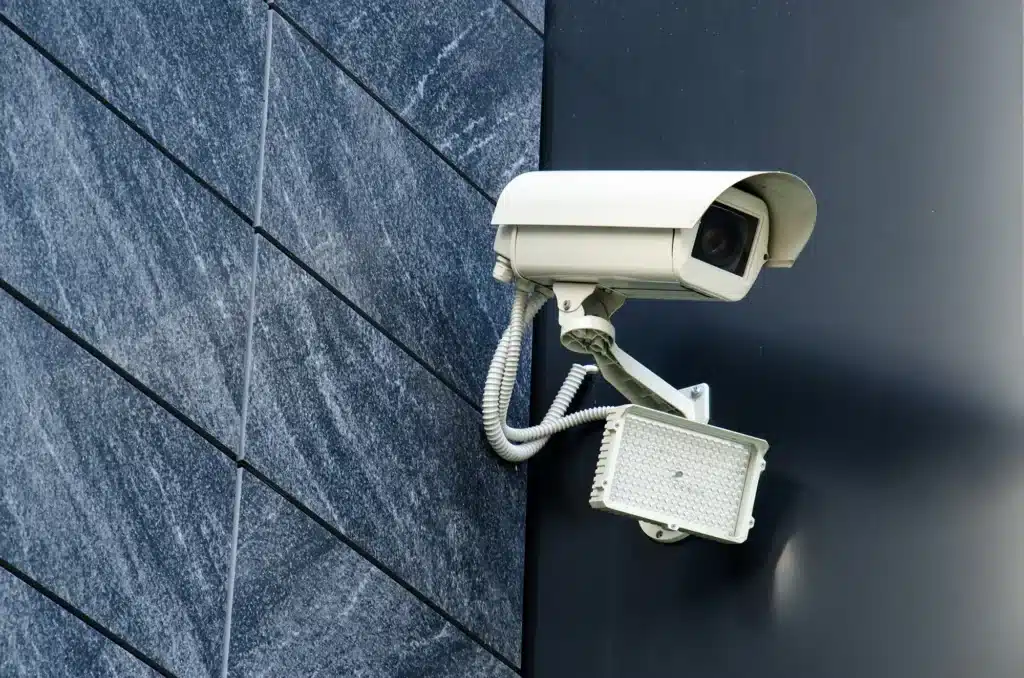
Conclusion
In a rapidly evolving world, where safety and security stand as paramount concerns, the strategic placement of outdoor security cameras has proven to be an indispensable tool for homeowners and property managers alike. The meticulous consideration of camera placement goes beyond surface-level installation; it’s an artful science that combines technological prowess with an understanding of human behavior and property dynamics.
By ensuring that every potential point of vulnerability is covered, homeowners can rest assured that their loved ones, possessions, and property remain safeguarded. The modern security landscape demands vigilance, and well-placed outdoor cameras act as the vigilant eyes that deter intruders and provide an irreplaceable record in the event of an incident.
As we conclude our exploration into the world of outdoor security Install camera placement, remember that this endeavor is a proactive investment in peace of mind. By embracing the insights shared in this guide, you embark on a journey toward a safer living environment – a place where you control the narrative of security and protection. As technology continues to advance and threats evolve, your newfound knowledge about camera positioning empowers you to adapt and fortify, ensuring that your home remains a sanctuary where both security and serenity flourish.




